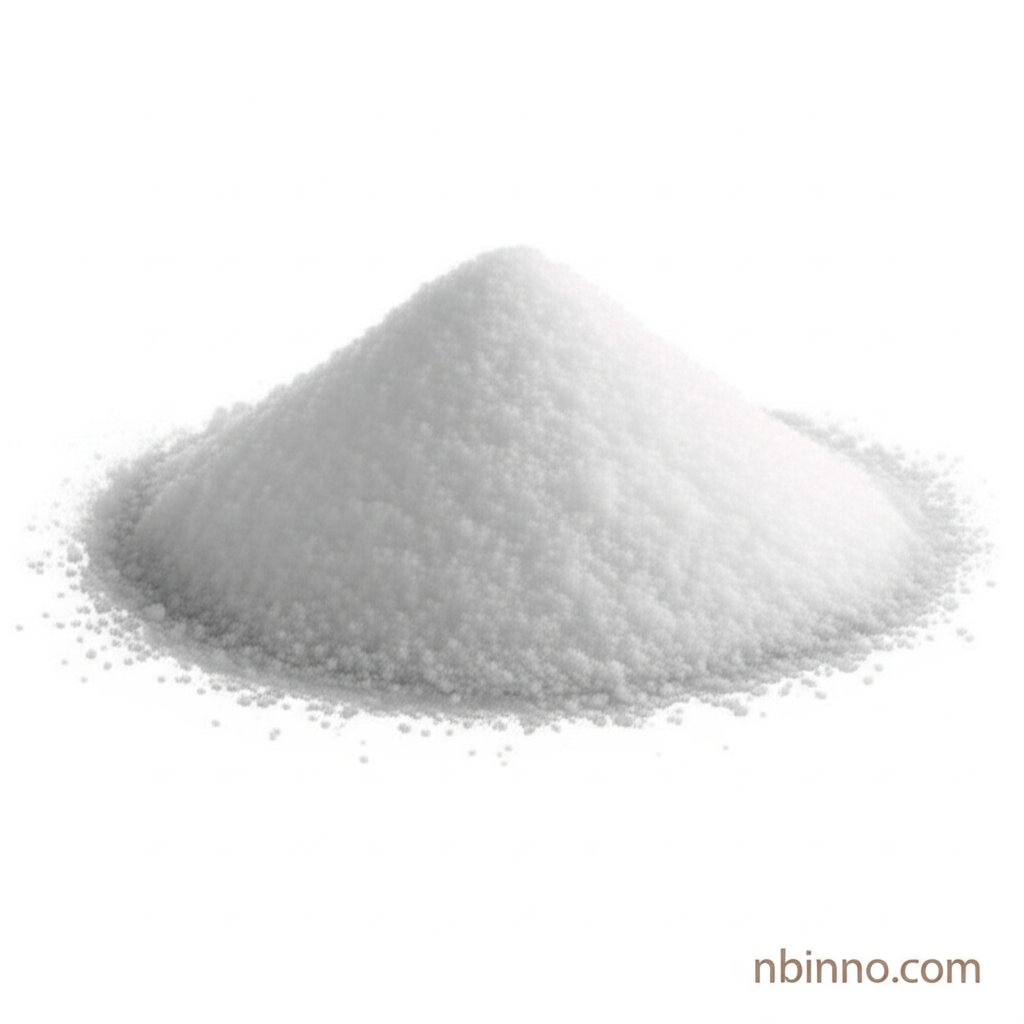Potassium Sorbate E202: A Comprehensive Guide to its Properties, Applications, and Safety
Discover the versatile preservative that keeps your products fresh and safe. Explore potassium sorbate uses and benefits.
Get a Quote & SampleProduct Core Value

Potassium Sorbate
Potassium sorbate, a potassium salt of sorbic acid, is a widely recognized food preservative that effectively inhibits the growth of molds and yeasts. Its chemical formula, C6H7KO2, and its ability to dissolve readily in water make it a versatile ingredient for extending the shelf life of various products.
- Discover the potassium sorbate uses in extending the freshness of dairy products and baked goods, ensuring consistent quality.
- Explore potassium sorbate applications across beverages and personal care items, highlighting its broad-spectrum preservative capabilities.
- Understand the potassium sorbate safety profile, backed by regulatory approvals and extensive research, making it a trusted ingredient.
- Learn about the potassium sorbate properties, including its solubility and efficacy at specific pH levels, crucial for optimal performance.
Key Advantages Offered
Clean-Label Positioning
Potassium sorbate offers a consumer-friendly profile, aligning with the growing demand for natural-sounding preservatives, as highlighted in discussions about clean label ingredients for cosmetics.
Broad Efficacy
Effective across a range of pH conditions, it's ideal for applications from advanced wine stabilization techniques to preserving baked goods.
Stability and Shelf Life
Properly stored, it maintains potency, minimizing product spoilage and contributing to longer shelf lives, a key benefit in microbial control in dairy products.
Key Applications
Food Preservation
Potassium sorbate is essential for extending shelf life in baked goods, preventing spoilage and maintaining freshness for a longer period.
Beverage Stabilization
In wines and juices, it acts as a stabilizer, preventing unwanted fermentation and preserving taste, crucial for natural food preservation solutions.
Cosmetics and Personal Care
Its role in safe and effective personal care preservatives ensures products like lotions and shampoos remain free from microbial contamination.
Pharmaceuticals and Animal Feed
Beyond food and cosmetics, it finds use in pharmaceuticals and animal feed, demonstrating its broad utility as a preservative.
